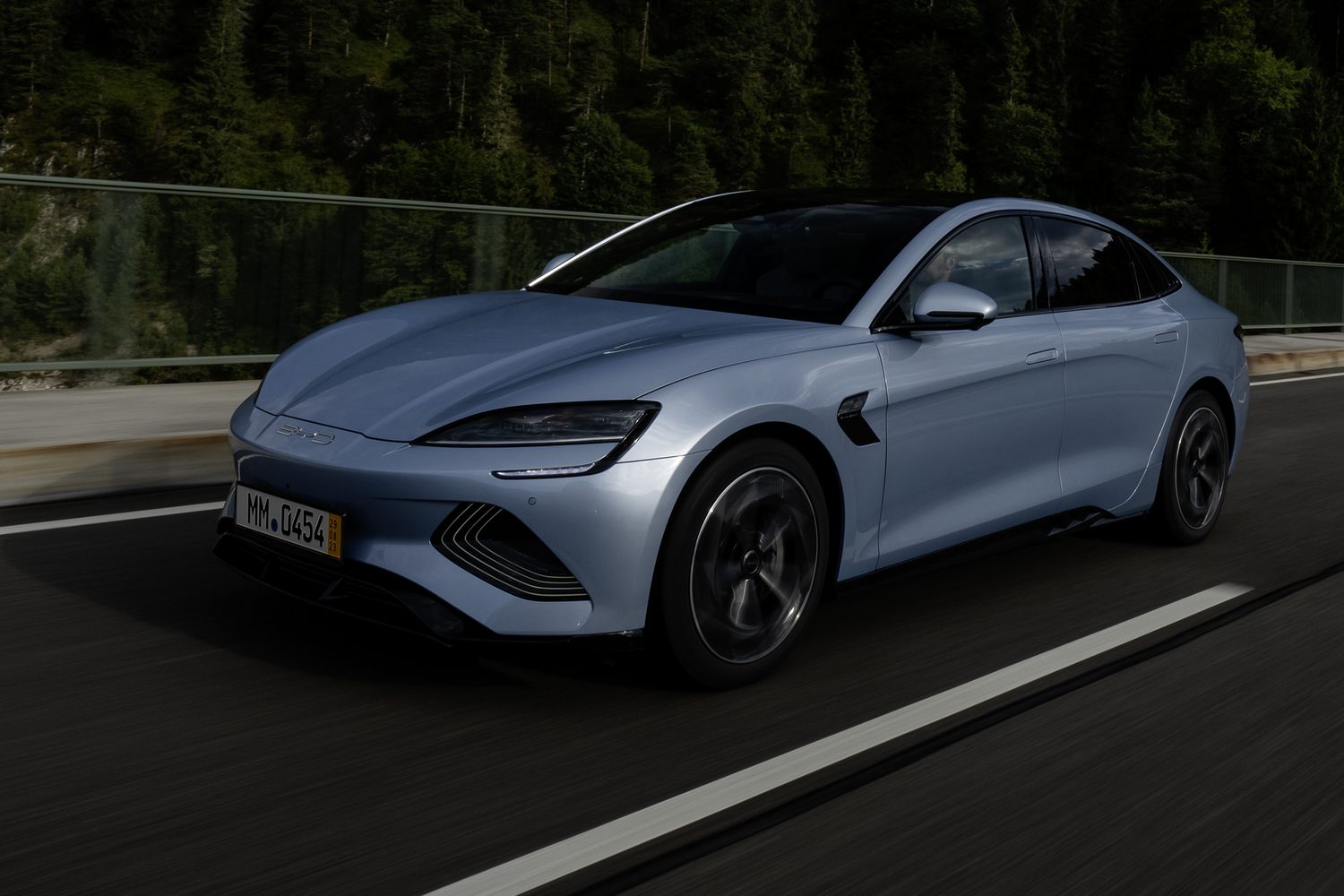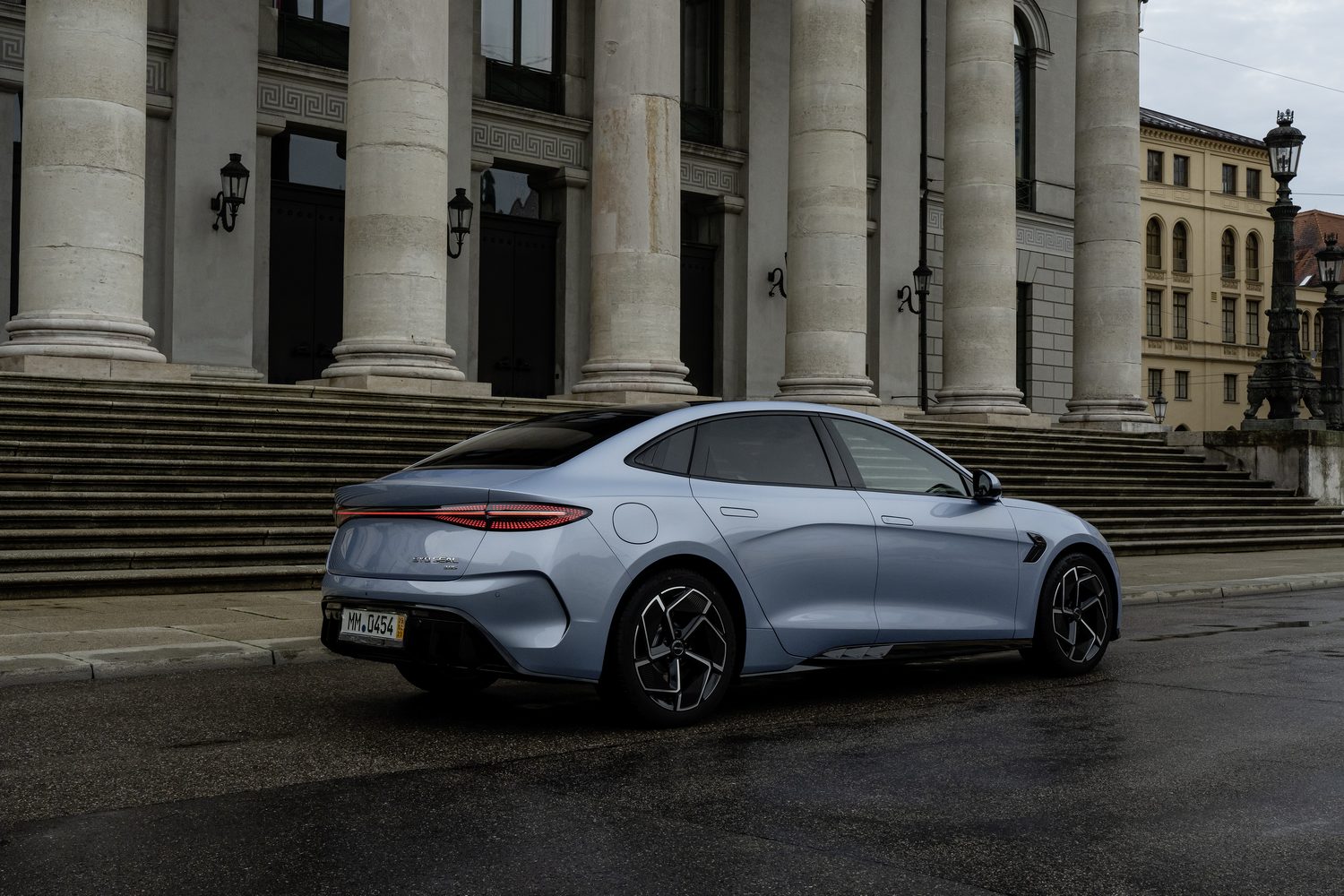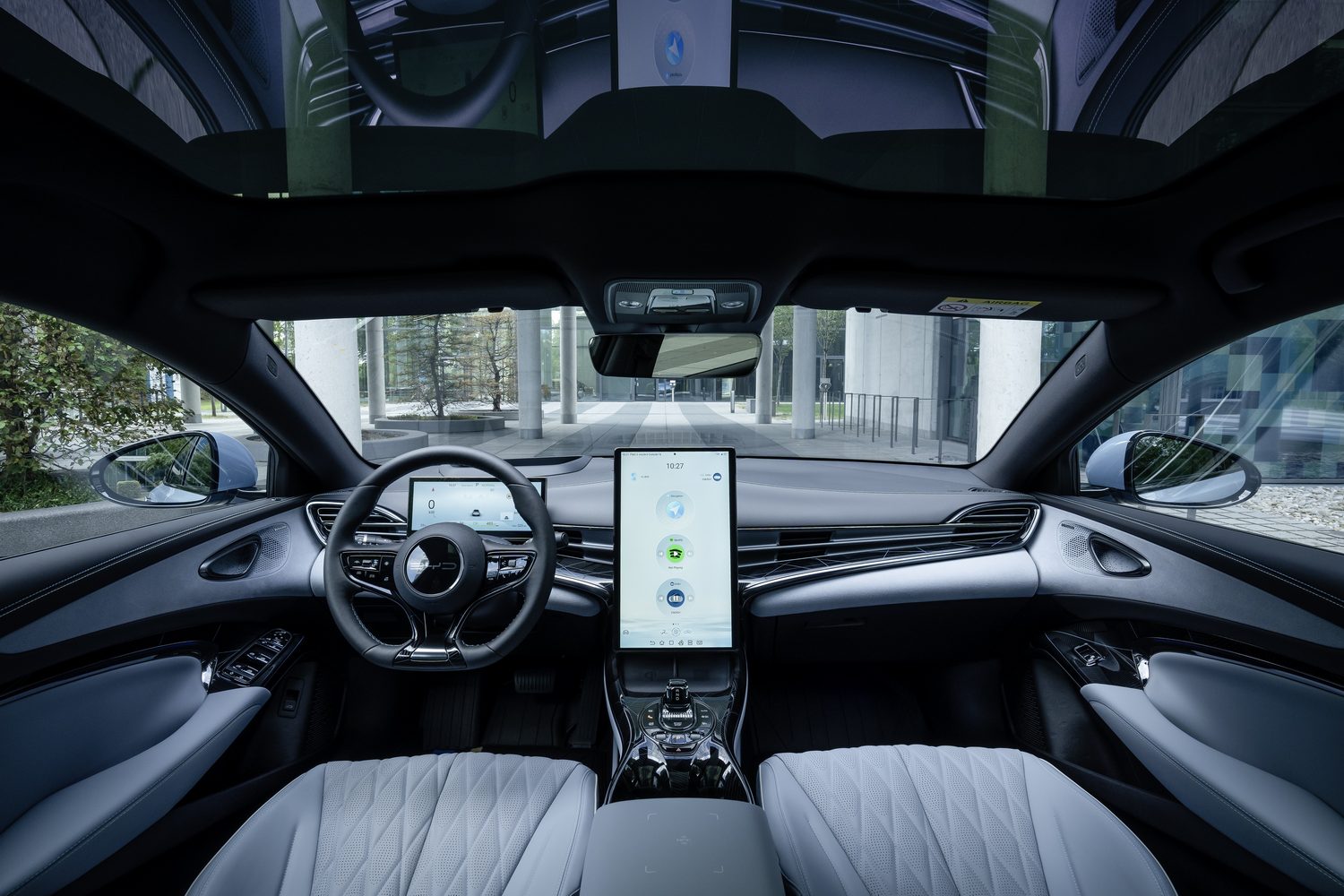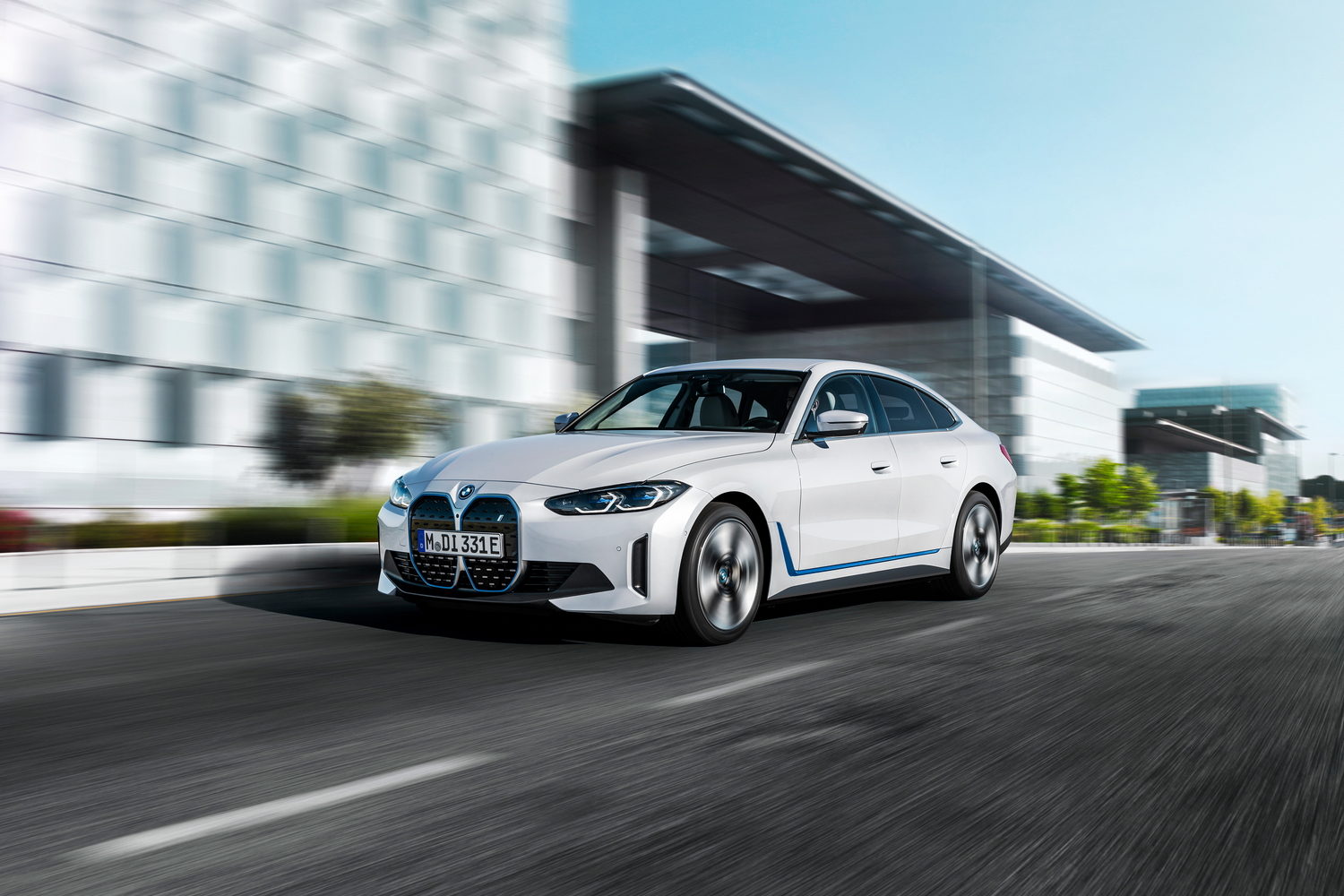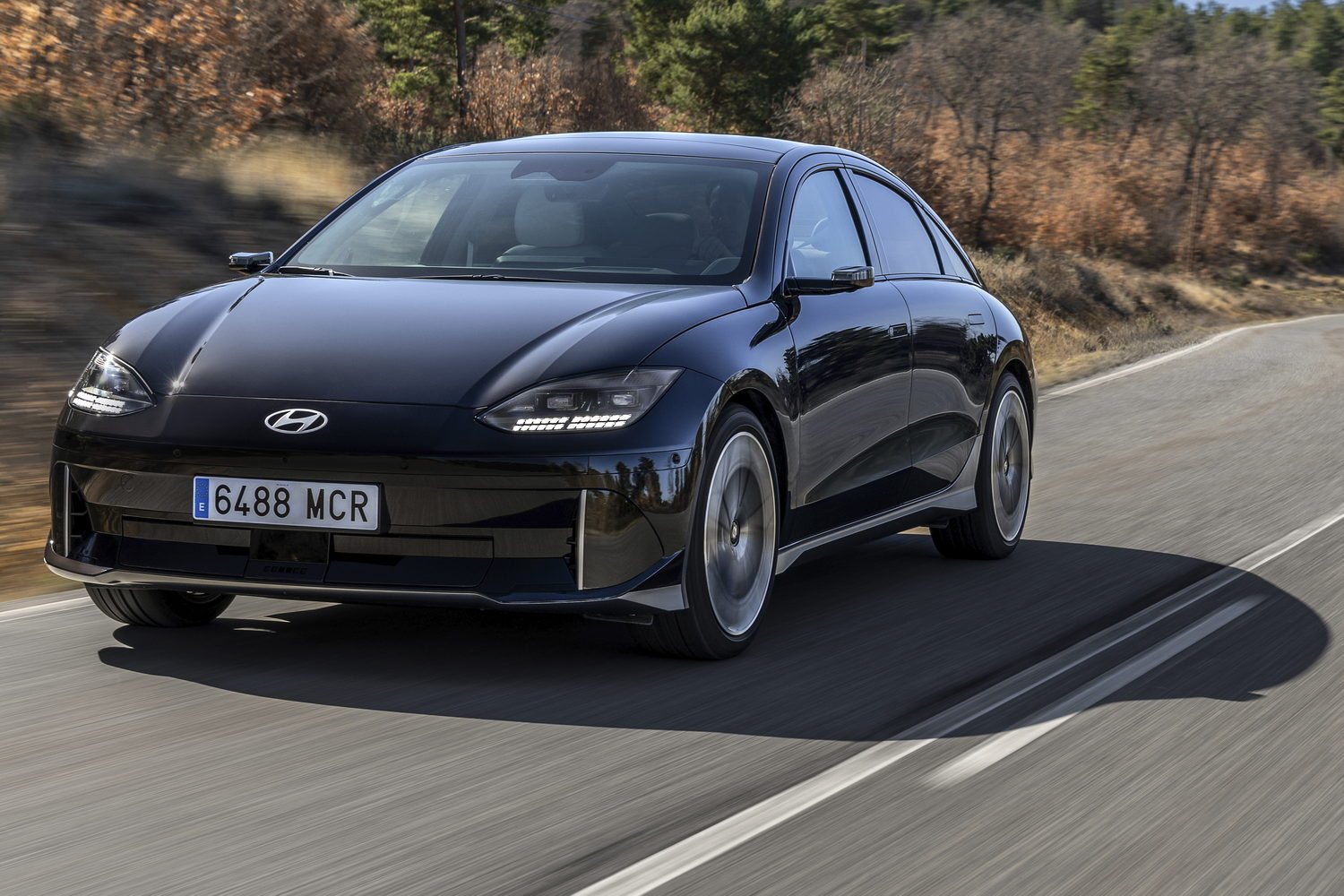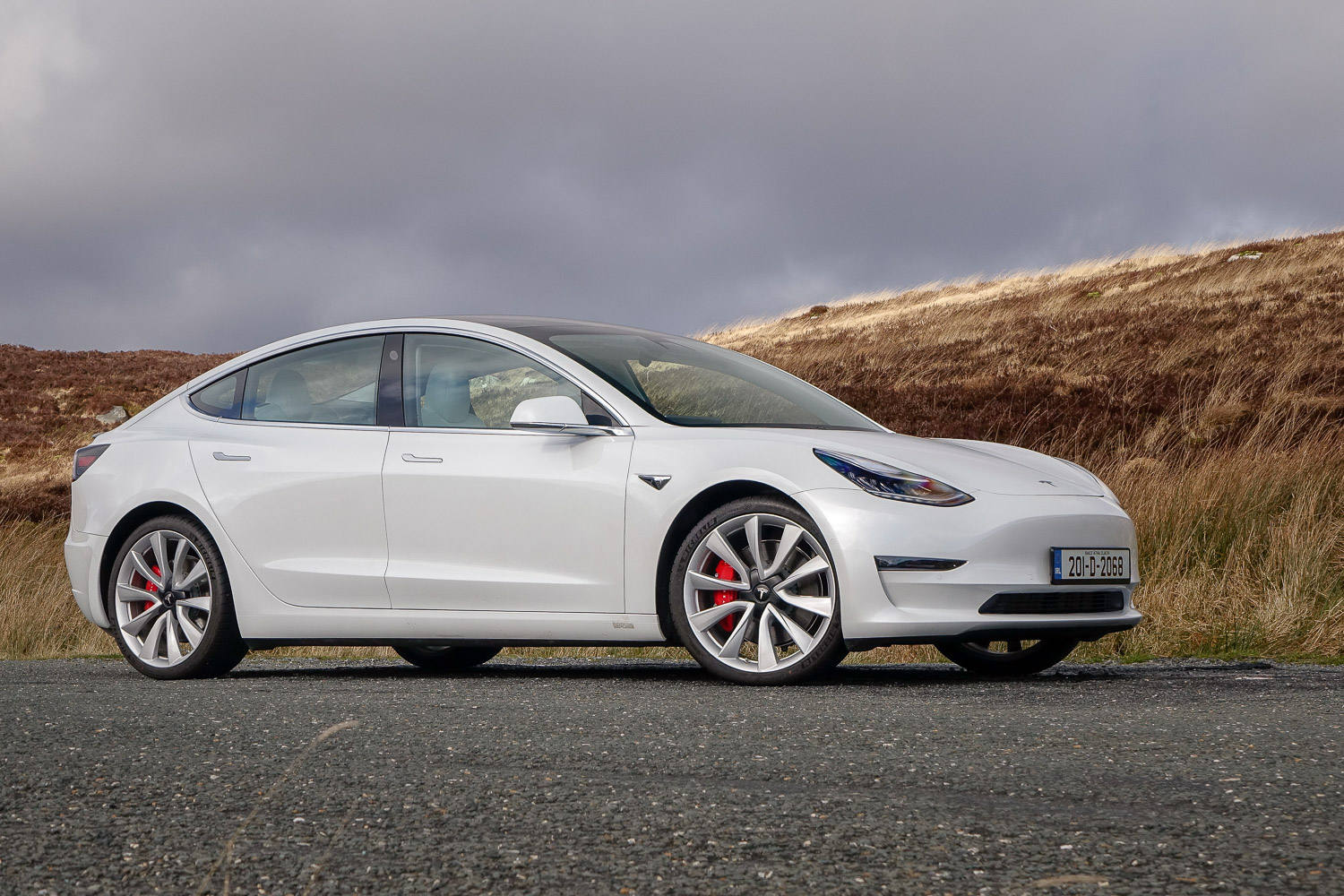BYD didn't become the world's largest producer of electric vehicles (at the time of writing) by sitting on its laurels. Following hot on the heels of the Atto 3 crossover and Dolphin hatchback, the BYD Seal is the next model from the Chinese car maker to come to the Irish market. The four-door saloon is a rival to the Tesla Model 3 and Hyundai Ioniq 6 and is a welcome alternative to the plethora of electric crossovers on the market. BYD has an uncomplicated product strategy for the Seal that includes the sports-car-baiting dual-motor version tested here.
In the metal
Whatever about the unusual naming convention for BYD's models, when it comes to design, the Seal follows an increasingly common theme with rounded edges, soft curves, a flowing roofline and flush-fitting door handles. In an EV design game of cards, this is a strong hand. It is easily recognisable by the slender headlights and the 'ripple' daytime running lights in the lower section of the front bumper. Pop the bonnet and you'll find a 53-litre storage bin that's ideal for keeping charging cables in, though you'll have to release it as you would a traditional bonnet by pulling twice on a lever beside the footwell.
Viewed from the side, the Seal looks almost as slippery through the air as its closest rivals - a drag coefficient of 0.21 backs this up. There are minimal overhangs and a generous wheelbase that pushes the 19-inch wheels out to the car's extremities, while the door handles sit flush with the bodywork when the car is locked. A pronounced crease runs from the front wing toward the rear wheel, adding some character but it's not fussy in design terms.
The 'cell-to-body' method that BYD uses to integrate the battery into the car means that its side profile isn't distorted by a need to accommodate a thick battery within the floor. The 82kWh unit is good for a WLTP driving range of 520 kilometres (that rises to 570 kilometres in the single-motor version) and the charge port in the rear wing is convenient for those that reverse into a garage, or up to a rapid charger for that matter.
The Seal has more subtle badging than the BYD Atto 3. There's no 'Build Your Dreams' lettering across the back - there's not much room for it anyway due to how the light bar spans the rear. We're not complaining. A button on the top of the bumper opens the electrically operated boot lid to reveal a wide aperture, though it isn't as practical as a hatchback would be for loading bulkier items in. The boot capacity is decent but not class-leading at 400 litres, and the rear seats will split and fold.
Passengers in the rear should be happy with the amount of headroom and legroom available, helped by a flat floor and standard panoramic glass roof that floods the cabin with light. The leather upholstery is well-cushioned and soft to the touch. If you're not brave enough for the Tahiti Blue (which looks great) option, there is a black interior available.
There's a digital instrument display behind the flat-bottomed steering wheel that's nice and clear to read, indicating speed and the real-time energy consumption or recuperation. The 15.6-inch touchscreen is a generous size and has the party-piece function of rotating through 90 degrees at the touch of a button, providing the choice of landscape or portrait orientation. The lack of a wireless connection for smartphone mirroring is made more annoying by the USB ports being difficult to access in the storage area beneath the centre console. A cluster of buttons on the centre console surrounds the stubby crystal-effect drive selector, including two scroll wheels for adjusting volume and switching between driving modes.
Build quality and the materials used throughout are good. The only criticism from a production quality standpoint was a large gap between where the door and dashboard meet.
Driving it
There may only be two versions of the BYD Seal at launch, but if you're keen on driving and like performance, then the Excellence is the one you'll want. Not so much on account of the all-wheel-drive layout, which does have traction benefits, but for its tremendous 530hp output. Rapid acceleration will enthuse many, but don't let the headline-grabbing performance stats, such as a sub-four-second 0-100km/h time, make you think the Seal is an outright sports car. The Seal can drive with the same docility as your average family EV, too. Stick to the Eco or Normal settings and that performance dials back to a point where the BYD will cruise around in genuine comfort unless you seek out its considerable power.
In day-to-day driving in traffic the accelerator pedal is easy to modulate and delivers power smoothly and without fuss. There are no novelty futuristic sounds here, though the audible sound below 30km/h to alert pedestrians is just as clear inside the cabin and sounds like a gale blowing through an old window frame. What's more annoying is the overly sensitive alerts and interventions from the driver assistance system that are crucial to securing a high Euro NCAP score these days.
Besides the audible beeping when the car thought it wasn't being driven in the centre of the lane at one stage, it firmly tugged at the steering wheel to correct a situation that didn't need correcting. Furthermore, this occurred on multiple occasions to the point where we manually deactivated the systems, which is not something any driver should have to do with a safety-related item. Hopefully BYD can improve how these systems function with a software update.
Nannying assistance systems aside, the Seal is a lovely thing to drive. There is an abundance of refinement too, thanks in part to a well-insulated powertrain and acoustically optimised front windows that reduce road and wind noise. The result of this and the upgraded suspension of the Excellence model (featuring semi-active technology) in a smooth and comfortable ride. On longer motorway journeys the adaptive cruise control works well, and the Seal's slippery shape sees energy consumption remain at respectable levels, frequently below 18kWh/100km.
When you get off the motorway and onto interesting roads, the Seal proves itself to be more than merely an efficient long-distance cruiser. Switching to the Sport setting turns the wick up to place all of the motors' 670Nm at your disposal, giving the Seal ballistic acceleration out of corners with the added sure-footedness of all-wheel drive. A supple ride (helped during our test on impeccably smooth Bavarian roads no doubt) with communicative steering makes it an enjoyable drive, and the ease at which it maintains a high degree of composure is impressive. Whether the standard suspension of the rear-wheel-drive Seal Design will be as accomplished remains an unknown as there wasn't an example on hand to compare at this stage.
What you get for your money
BYD Ireland has confirmed that pricing for the Seal will start at €40,567 when the forthcoming Comfort model with the smaller battery (61kWh) arrives in 2024. The higher-spec Design and Excellence cars go on sale before the end of 2023, both using the 82kWh battery pack.
Priced from €44,036, the Design version uses a rear-wheel-drive setup producing 312hp. This features 19-inch alloy wheels, double-glazed front windows, a panoramic glass roof, leather upholstery with electrically adjustable front sports seats, automatic dual-zone air conditioning and a heat pump. It also gets a leather multifunction steering wheel, a 10.25-inch digital instrument display, a 15.6-inch rotatable touchscreen and a 360-degree parking camera system.
Upgrading to the Excellence version means a starting price of €49,836, which gets you the more powerful dual-motor setup with all-wheel drive. Power output increases to 530hp with only a modest hit on the overall range figure. Almost all of the same equipment is standard, with the addition of a colour head-up display and semi-active suspension with variable frequency dampers.
Summary
An over-sensitive driver assistance setup is one of the only things that blots the BYD Seal's copybook. That aside, the Seal delivers a well-rounded performance with decent handling, impressive performance and the potential to be very efficient when required. Strong standard specification levels and a simple product structure add to its appeal, as does highly attractive pricing.

